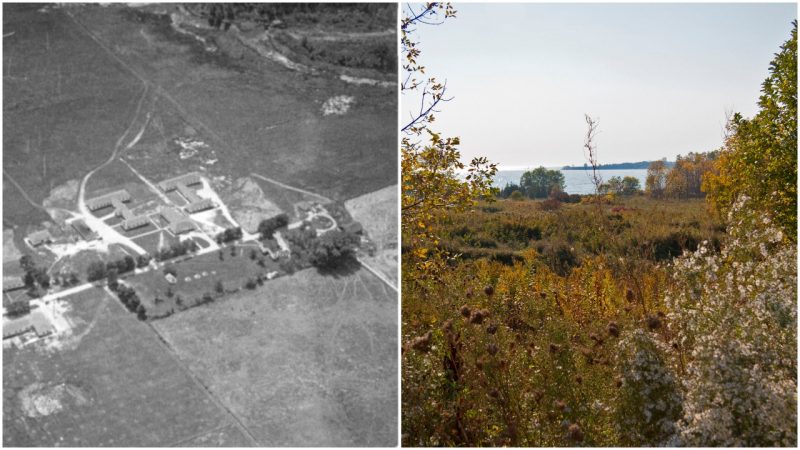Widely known as Camp-X, this paramilitary training complex was once situated on the shores of Lake Ontario and was known by several different official names.
The Royal Canadian Mounted Police had it filed under the name S25-1-1.The Canadian military referred to it as Project-J, and the Special Operations Executive (SOE), a branch of the UK’s MI6, called it STS-103 (Special Training 103).
During WWII, the compound was run both by the British Security Coordination (BSC) and the Government of Canada. Under great secrecy, it helped the Allies in winning the war.
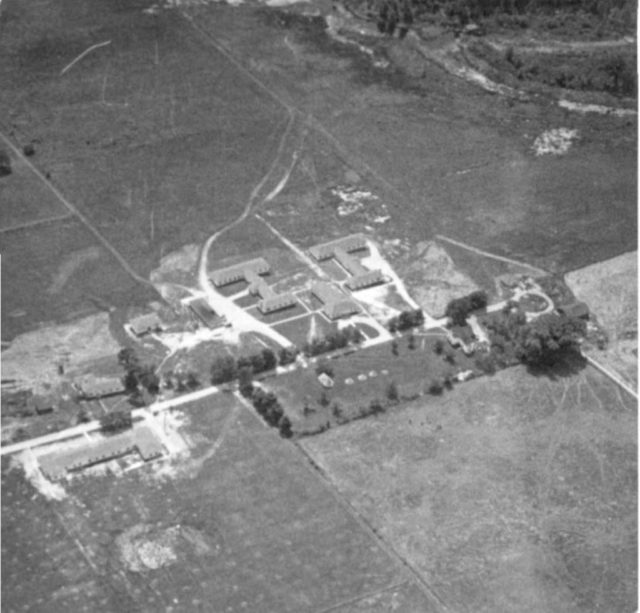
Camp X was opened on December 6, 1941, by Sir William Stephenson, the chief of the BSC. Sir William was a Canadian coming from Winnipeg, Manibota, and he had close connections with Winston Churchill and Franklin D. Roosevelt.
The initial purpose of the camp was to promote and facilitate a relationship between Britain and the US at a time when the US was still not allowed to be directly engaged in the happenings of the WWII.
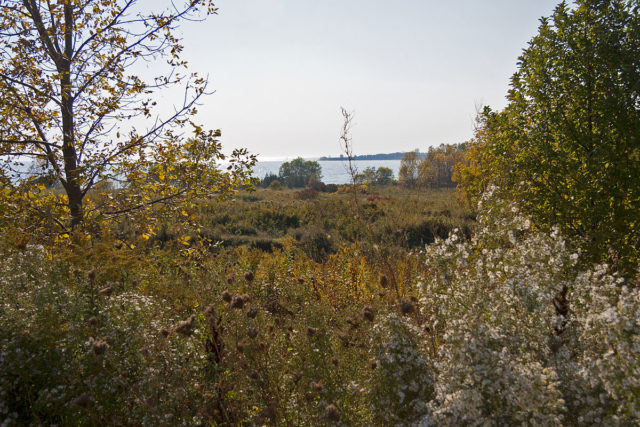
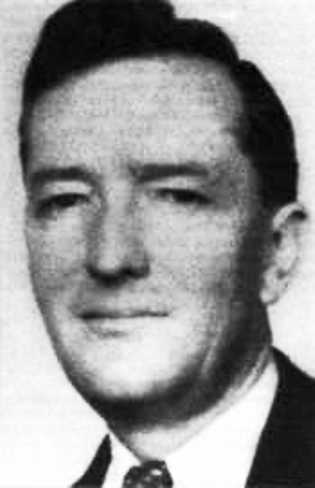
It was the Neutrality Acts that stopped the US from entering the war. These acts were passed by the Congress during the 1930s, as a precaution of the growing tensions in Europe and Asia which had gradually evolved into the WWII.
The legal acts ensured that the US would not get involved in another major conflict, especially after the heavy losses suffered by the country during WWI. What adds to the mystery around Camp X is that it opened just a day before the Japanese surprise attack on Pearl Harbor on December 7, 1941. From that moment on, the climate of the war changed as the USA was no longer a passive observer, but an active participant.
Camp X offered training programs for Allied agents. The intention was for the agents undergoing the training to be sent behind the enemy lines to conduct furtive missions.
According to historian Bruce Forsythe, “Trainees at the camp learned sabotage techniques, subversion, intelligence gathering, lock picking, explosives training, radio communications, encode/decode, recruiting techniques for partisans, the art of silent killing and unarmed combat.”
Reportedly, everything that happened on the camp was kept top secret such that even the Prime Minister of Canada during that time, William Lyon Mackenzie-King, did not have full knowledge of the camp’s purpose.
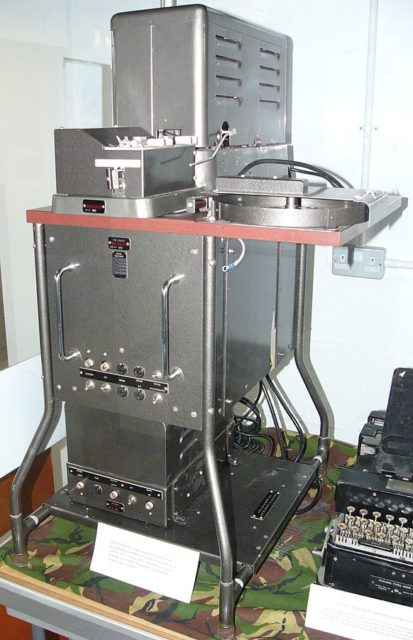
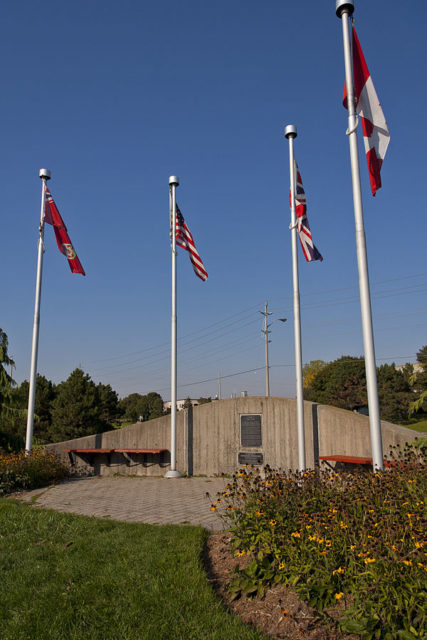
William Stephenson performed well as the first head of the camp, but there were also other distinguished individuals affiliated with Camp X.
There was Colonel William “Wild Bill” Donovan, a wartime head of the American Office of Strategic Service, and also Lieutenant R.M. Brooker of the British Army who was Commandant of the camp in 1942.
Gustave Biéler was the name of one of the most outstanding agents that went through Camp X. Gustave became involved in the French Resistance in the north of France before the D-Day invasion. However, at one point he was captured and executed by the Nazis.
Accounts estimate that during the war, Camp X trained between 500 and 2,000 Allied agents. Like Gustave, many of them were captured and killed by the enemy as their missions were indeed dangerous.
Aside from training individuals for covert operations, the training complex also had an exceptional document forging facility. What was maybe the most distinguishing feature of Camp X was Hydra, a highly advanced telecommunications relay station that was initiated in May 1942 by engineer Benjamin deForest Bayly.
According to the Camp-X web page, “The ‘Hydra’ communication radios of the BSC played a major role in relaying top-secret messages from Washington, Ottawa, and New York to Bletchley Park in England.”
A book entitled “Inside Camp X” by author Lynn Philip Hodgson further tells how the facilities of the camp were ideally situated on the shores of the Lake Ontario, only 30 miles away from the US border. This location had been perfect for receiving radio messages from Europe, as well as from America, south of the border.
The zone of the camp was safe for conducting safe code transfers. Hodgson further discusses that a possible trainee or visitor to Camp X was Ian Fleming, who had later reached world fame as the author of the James Bond books.
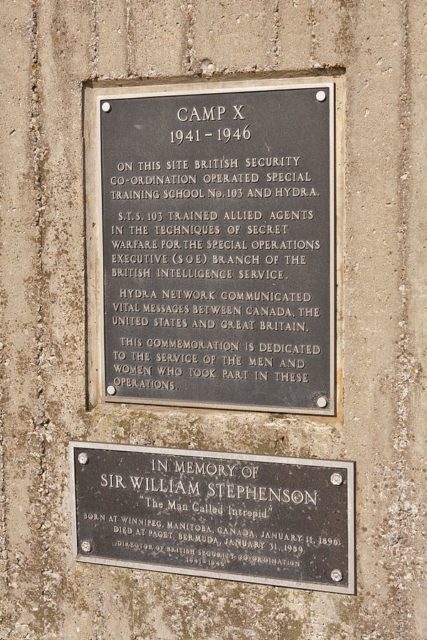
The Government of Canada also emphasized the importance of the Hydra by stating that it provided “an essential tactical and strategical component of the larger Allied radio network, secret information was transmitted securely to and from Canada, Great Britain, other Commonwealth countries and the United States.”
By 1969, the buildings of Camp X were dilapidated. One damaged building from the complex, discovered a bit later, was part of a restoration project in 2016.
There are still various artifacts occasionally being found at the site of the former spy camp. Some of them appear to be more dangerous than others. In August 2016, a hobbyist stumbled upon a WWII smoke mortar round using a metal detector. Eventually, the Canadian Forces Base Trenton’s bomb disposal team was called to intervene and made the ordinance safe.
